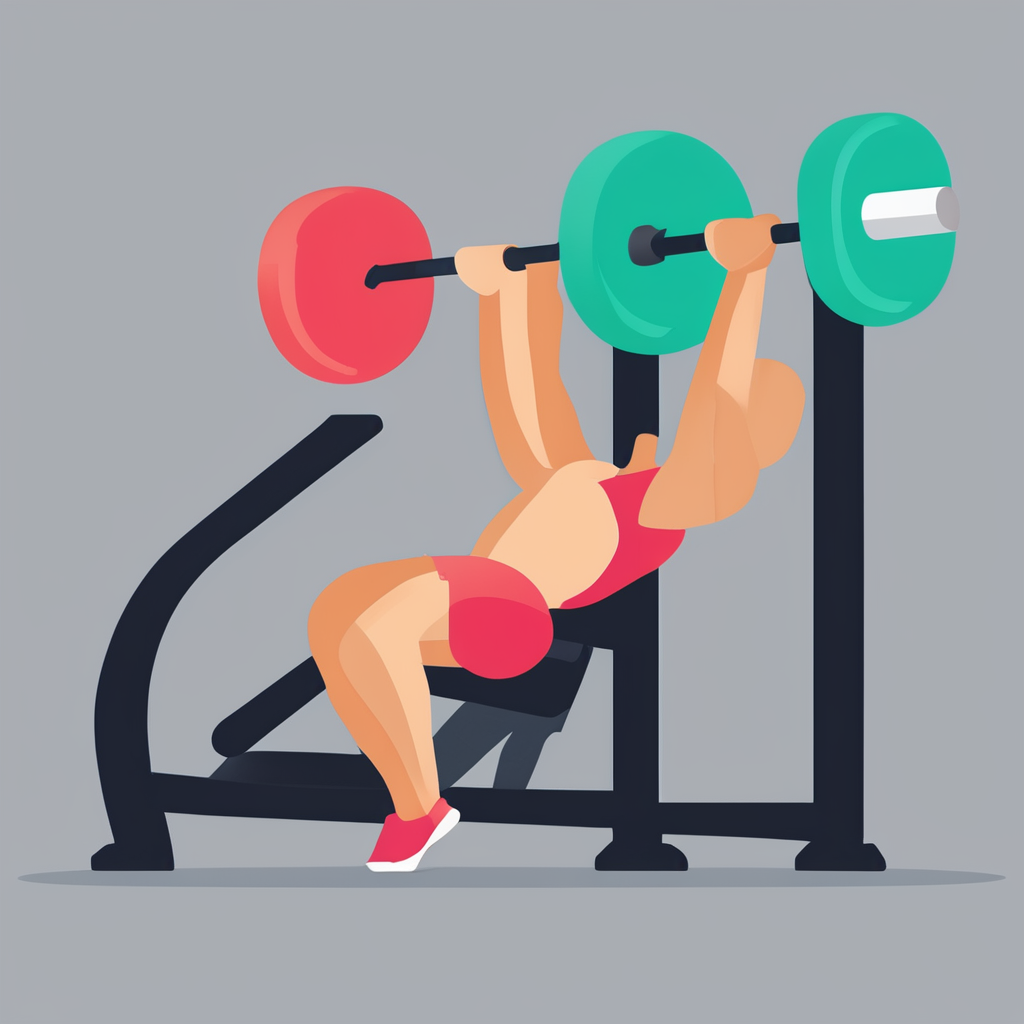UK Government and Sport Governing Body Policies Supporting Diversity
The UK government, alongside sport governing bodies like Sport England and UK Sport, has implemented robust diversity policies to foster inclusion in combat sports. These entities emphasize creating equal opportunities irrespective of background, ethnicity, gender, or disability. National strategies explicitly promote participation from underrepresented groups by setting clear diversity targets.
Sport England’s inclusion initiatives focus on removing barriers and encouraging grassroots engagement. They require funded programs to demonstrate tangible outcomes supporting diversity and inclusion. UK Sport, responsible for elite performance, integrates diversity guidelines into athlete development pathways, ensuring equitable access to resources and support.
This might interest you : How Are Emerging Fighters Shaping the Future of Combat Sports?
Legislative frameworks, such as the Equality Act 2010, reinforce these directives by mandating non-discrimination and equal treatment in sports settings. Funding distribution is often contingent on compliance with these diversity standards, creating a direct incentive for combat sport organizations to prioritize inclusion. Collectively, these polices drive cultural change within the UK combat sports landscape, making it more accessible and welcoming to all participants.
Community Outreach and Grassroots Initiatives Expanding Access
Community outreach combat sports programs play a critical role in expanding access to martial arts across the UK. These grassroots programs inclusion efforts specifically target underrepresented groups, aiming to dismantle barriers related to ethnicity, gender, disability, and socioeconomic status. By partnering with local organizations, grassroots clubs create welcoming environments promoting diversity and equality in sports.
This might interest you : Can Mixed Martial Arts Training Help Britain Win More Olympic Medals?
One effective strategy is collaborating with schools and community centers in economically disadvantaged areas. This approach encourages participation from youth who may lack resources or exposure to combat sports. Additionally, programs tailored to women and disabled athletes often incorporate adaptive training methods to foster inclusion. For example, some clubs operate dedicated sessions where coaching styles and equipment accommodate participants’ unique needs.
A notable case study involves a grassroots academy in London that successfully increased female participation by introducing mentorship schemes led by experienced female fighters. This not only improved access in UK sports but also helped break stereotypes within the combat sports community. Grassroots programs inclusion like this highlights how targeted community outreach combat sports initiatives can create lasting impacts, fostering a more diverse and equitable sporting landscape throughout the country.
Programs and Partnerships Encouraging Diverse Participation
Fostering inclusion through active collaboration
In the UK, diversity programs combat sports UK actively promote participation among underrepresented groups. British Judo, for example, leads initiatives specifically designed to support minorities and women, introducing accessibility and inclusivity within the sport. Similarly, England Boxing has implemented targeted participation efforts that prioritize gender and ethnic diversity.
These organizations engage in partnerships for sport inclusion by collaborating with schools, youth groups, and disability organizations. Working closely with educational institutions helps introduce combat sports at a foundational level, nurturing interest in diverse youth populations. Such partnerships ensure that sports environments accommodate varying physical and social needs, making participation feasible and welcoming.
Crucial to these efforts are training and awareness programmes for coaches and organisers. By educating leaders about cultural sensitivities and inclusivity practices, they foster supportive atmospheres where all athletes can thrive. This dual focus boosts retention and creates role models within minority and female groups, enhancing the sport’s appeal.
Together, these programs and partnerships build a more diverse combat sports community in the UK, strengthening both participation and social cohesion.
Measuring Progress: Data and Trends in Combat Sports Diversity
Recent participation data UK combat sports reveal a gradual but tangible shift towards greater diversity. Studies show increased involvement of women and individuals from various ethnic backgrounds, reflecting broader societal changes. For example, government-led research highlights participation growth among Black, Asian, and Minority Ethnic (BAME) groups in disciplines like judo and boxing. However, disparities remain, particularly concerning athletes with disabilities and those from lower economic backgrounds.
Diversity trends in sports emphasize the need for accurate, ongoing data collection. Independent reports underscore that while combat sports are making strides, updated metrics are essential to monitor inclusion effectively. These trends also point to geographic variance, with urban areas showing higher diversity than rural settings. This suggests access and outreach could be improved.
Reporting on combat sports inclusion consistently identifies challenges such as limited funding for grassroots programs and insufficient awareness of opportunities for marginalized groups. Addressing these obstacles requires targeted policies, community engagement, and transparent data sharing to track progress comprehensively. Such efforts ensure diversity initiatives go beyond numbers, creating genuinely inclusive environments for all participants.
Personal Experiences and Success Stories
Inspiring voices from diverse backgrounds
Diverse representation in UK combat sports is not just a statistic—it’s a lived experience shaping the community. Athletes sharing their combat sports inclusion stories UK reveal how belonging to varied cultural and social backgrounds enriches their training and competition. One boxer noted that embracing her heritage strengthened her resolve and brought unique styles to her fighting technique, embodying how diversity fuels creativity in the ring.
Role models in UK combat sports emerge as key advocates driving this change. Their commitment to inclusion encourages younger athletes from underrepresented groups to pursue the sport, knowing they can see themselves reflected in champions. These advocates often share their athlete diversity experiences, highlighting challenges overcome and the importance of a supportive environment.
This growing diversity benefits not only individuals but the wider sport community—sparking innovation and unity. Different perspectives lead to new training methods and broader fan engagement. By celebrating success stories and role models, UK combat sports continue evolving into a powerful platform where diversity thrives, inspiring the next generation to step forward with confidence.
